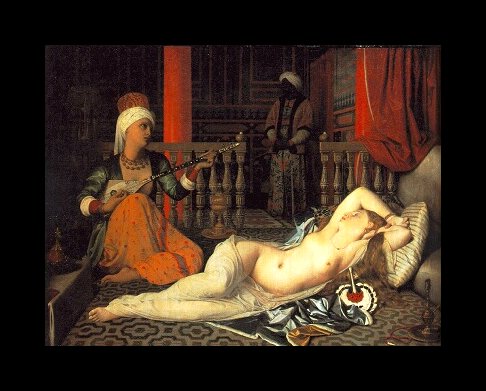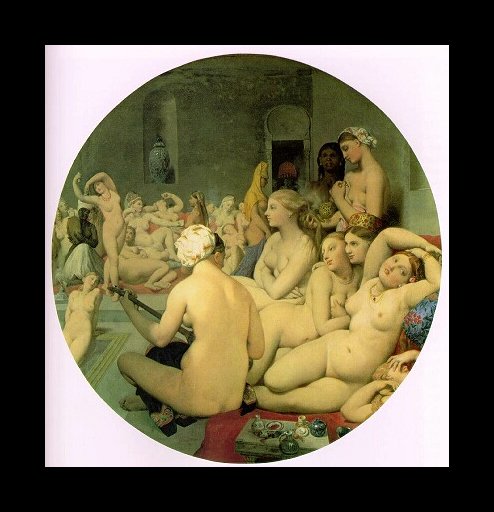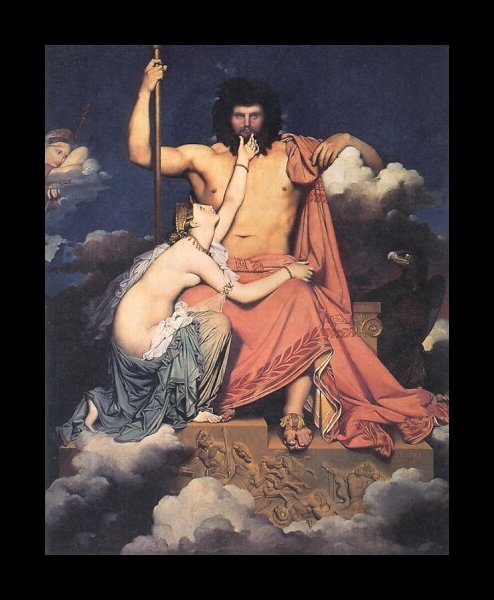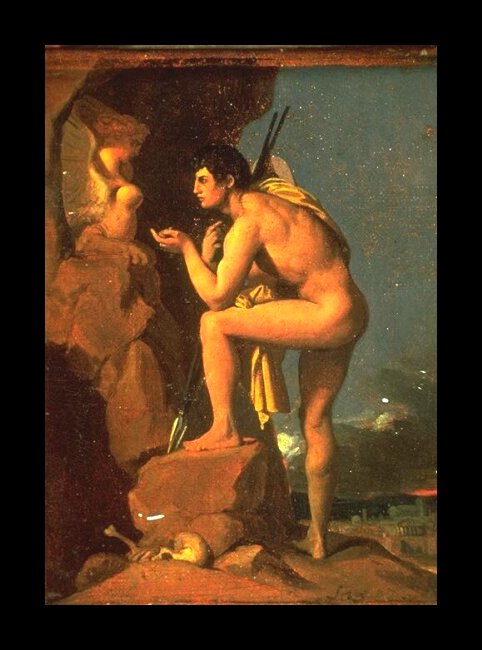Jean-Auguste-Dominique Ingres (1780-1867)
Get a Ingres Certificate of Authenticity for your painting (COA) for your Ingres drawing.
For all your Ingres artworks you need a Certificate of Authenticity (COA) in order to sell, to insure or to donate for a tax deduction.
Getting a Ingres Certificate of Authenticity (COA) is easy. Just send us photos and dimensions and tell us what you know about the origin or history of your Ingres painting or drawing.
If you want to sell your Ingres painting or drawing use our selling services. We offer Ingres selling help, selling advice, private treaty sales and full brokerage.
We have been authenticating Ingres and issuing certificates of authenticity since 2002. We are recognized Ingres experts and Ingres certified appraisers. We issue COAs and appraisals for all Ingres artworks.
Our Ingres paintings and drawings authentications are accepted and respected worldwide.
Each COA is backed by in-depth research and analysis authentication reports.
The Ingres certificates of authenticity we issue are based on solid, reliable and fully referenced art investigations, authentication research, analytical work and forensic studies.
We are available to examine your Ingres painting or drawing anywhere in the world.
You will generally receive your certificates of authenticity and authentication report within two weeks. Some complicated cases with difficult to research Ingres paintings or drawings take longer.
Our clients include Ingres collectors, investors, tax authorities, insurance adjusters, appraisers, valuers, auctioneers, Federal agencies and many law firms.
We perform Jean-Auguste-Dominique Ingres art authentication, appraisal, certificates of authenticity (COA), analysis, research, scientific tests , full art authentications. We will help you sell your Jean-Auguste-Dominique Ingres or we will sell it for you.

Jean-Auguste-Dominique Ingres was a highly successful and established painter. He was born in Montauban, in the Tarn et Garonne region of France. His Father was a painter, sculptor and violinist, and he taught Ingres all of these disciplines. In 1791, Ingres entered the Royal Academy of Arts in Toulouse, where he studied art, under the artist Joseph Roques and sculpture J.Vignan. In 1797, he moved to Paris, where he entered the studio of Jacques-Louis David. He was to go on to become a neoclassical painter, a major portrait painter of the 19th century, as well as an Orientalist.
In 1801, he won the Prix de Rome with his Ambassadeurs d’Agamemnon. He delayed his departure for Italy until 1806, where he remained until 1824. He then spent the last four years in Florence. Ingres adored Italy and was a life long admirer of Raphael. During his time in Italy, Ingres had a number of financial problems and was often forced to live hand to mouth, surviving by drawing portraits of wealthy French people on holiday.

Upon his return to Paris, Ingres received the Croix de Legion de Honneur and was elected to the Institute of France. He also received a number of official commissions, including one to paint the Opotheosis of Homer on a ceiling of the Louvre and The Martyrdom of St. Symphorian for the Cathedral of Autun. He was, however, at the same time a violent opponent of the emerging Romantic movement in the world of art.
In 1825, Ingres opened a studio, which was attended by young artists such as, Amaury-Duval, Flandrin, Ziegler, and Chasseriau. Ingres was appointed the Director of the Villa de Medici in Rome and remained there from1835 to 1840. During these years in Rome, Ingres executed numerous portraits and also became very popular in official circles, which meant that he received a large number of commissions for large scale decorative works, as well as smaller literary and genre scenes.

Despite the fact that he only traveled in Europe, Ingres has been labeled an Orientalist due to his interest in overtly unclassical and exotic themes. He was particularly taken with depicting the odalisque in his paintings, which was a female slave, or concubine, in the harems of the Middles East. Whilst in Rome in 1813, he was commissioned by the Queen of Naples, who was the sister of Napoleon to produce the famous painting La Grande Odalisque. Paintings showing the odalisque were produced time and time again by Ingres, but his artistic talent was at its best when portraying woman in all forms, which included portraits and nudes. He particularly liked to portray the odalisque in the Turkish bath. He had no first hand experience on which to draw on, and he therefore sought documentary evidence in the form of traveller’s accounts, especially the letters of Mary Wortley Montague describing the interior of the baths at Andrianopolis.

He particularly liked to portray the Odalisque in the Turkish Bath. He had no first hand experience on which to draw on. He therefore sought documentary evidence in the form of traveller’s accounts, and especially the letters of Mary Wortley Montague describing the interior of the baths at Andrianopolis.
The Louvre has a number of paintings of the Odalisque, including
, which was produced in 1814 and the Odalisque and the Slave. The painting, which is considered to be his masterpiece,
, 1862 also hangs in the Louvre.


After his death, he left a huge bequest of his work to his home town of Montauban and are now in a museum bearing his name. Ingres was unique in the sense that he was an Orientalist painter who never visited the Orient.


Do you think you own a painting by Jean-Auguste-Dominique Ingres? Contact us. We are the Jean-Auguste-Dominique Ingres experts.
Reviews
1,217 global ratings
5 Star
4 Star
3 Star
2 Star
1 Star
Your evaluation is very important to us. Thank you.
